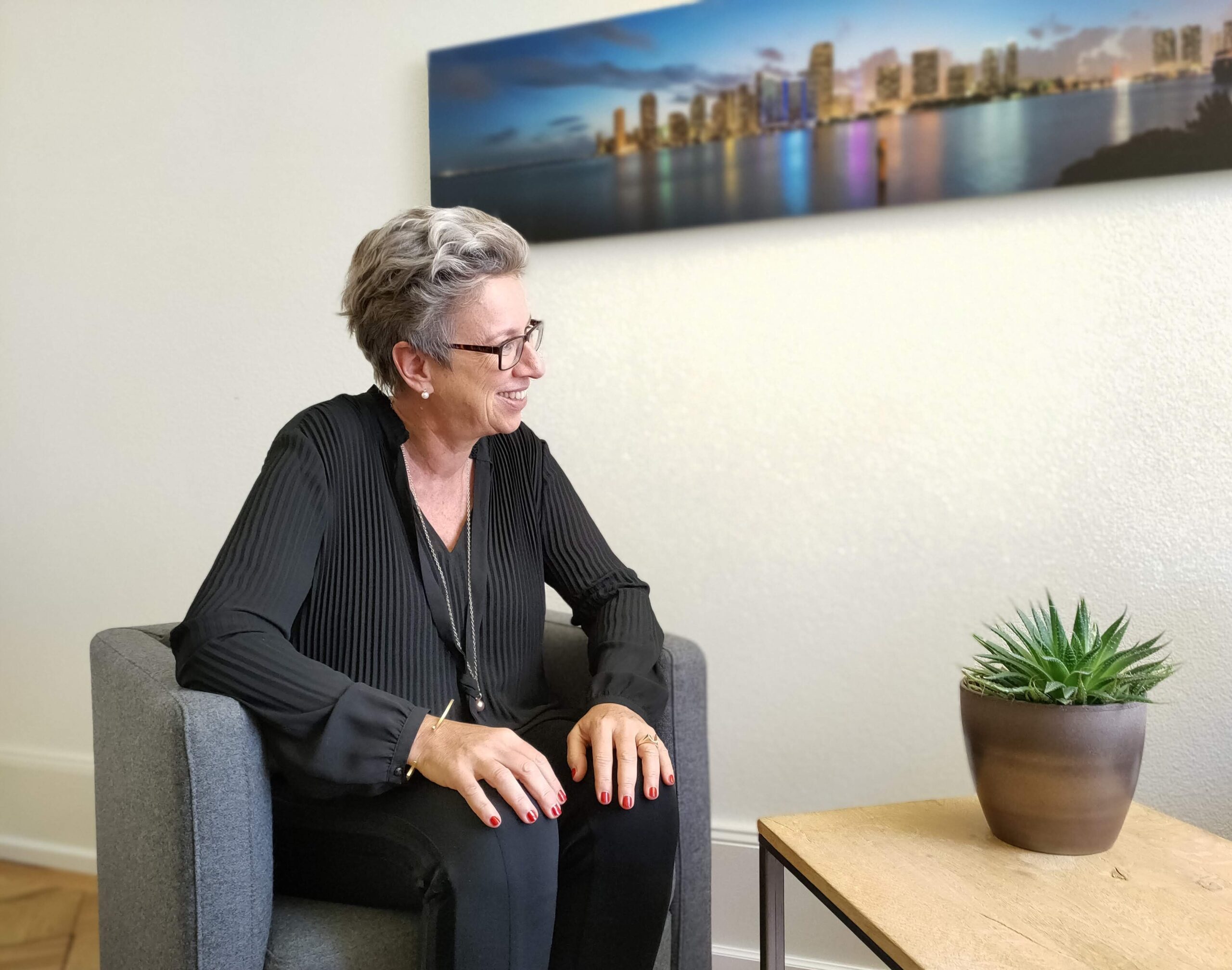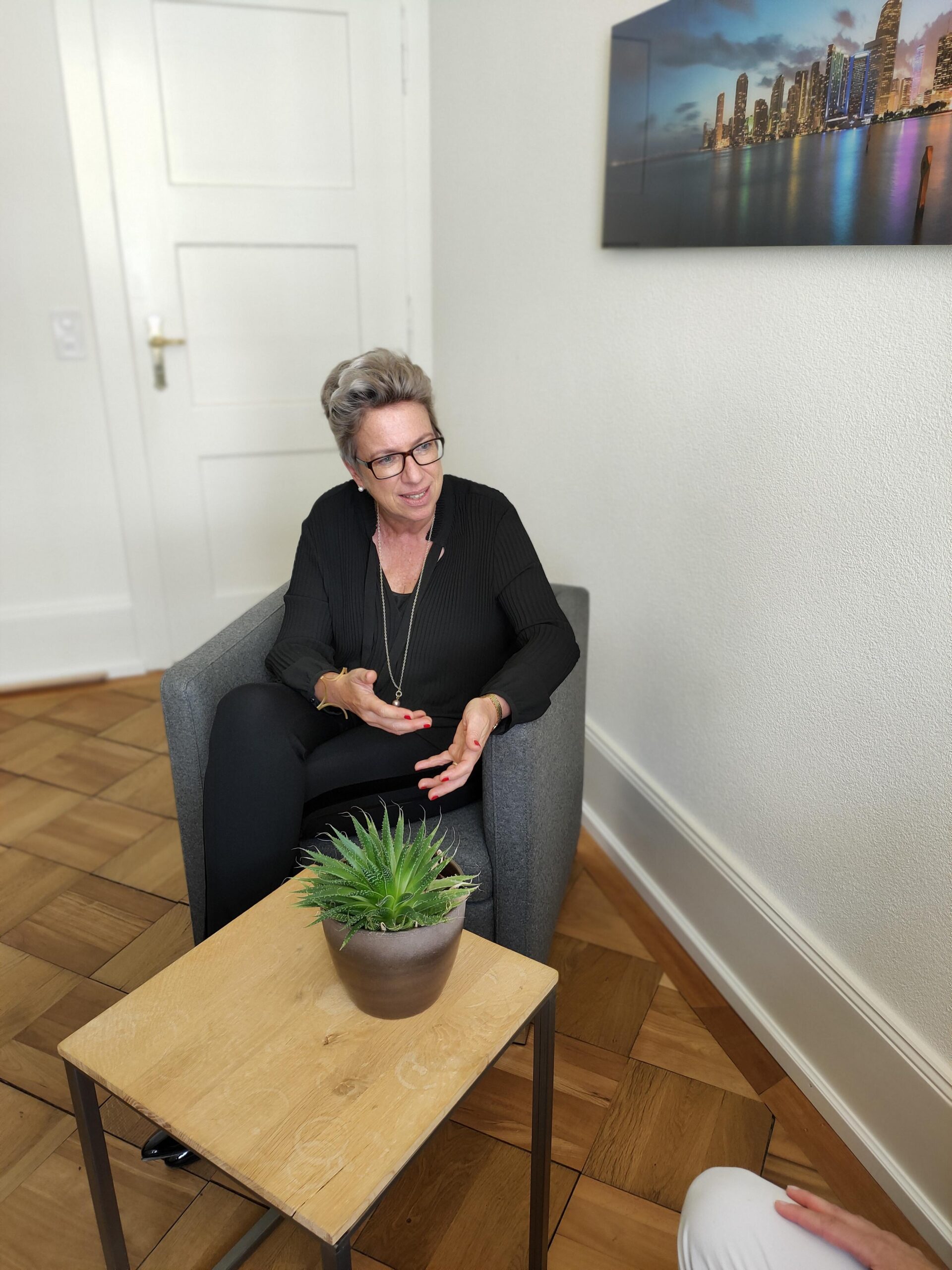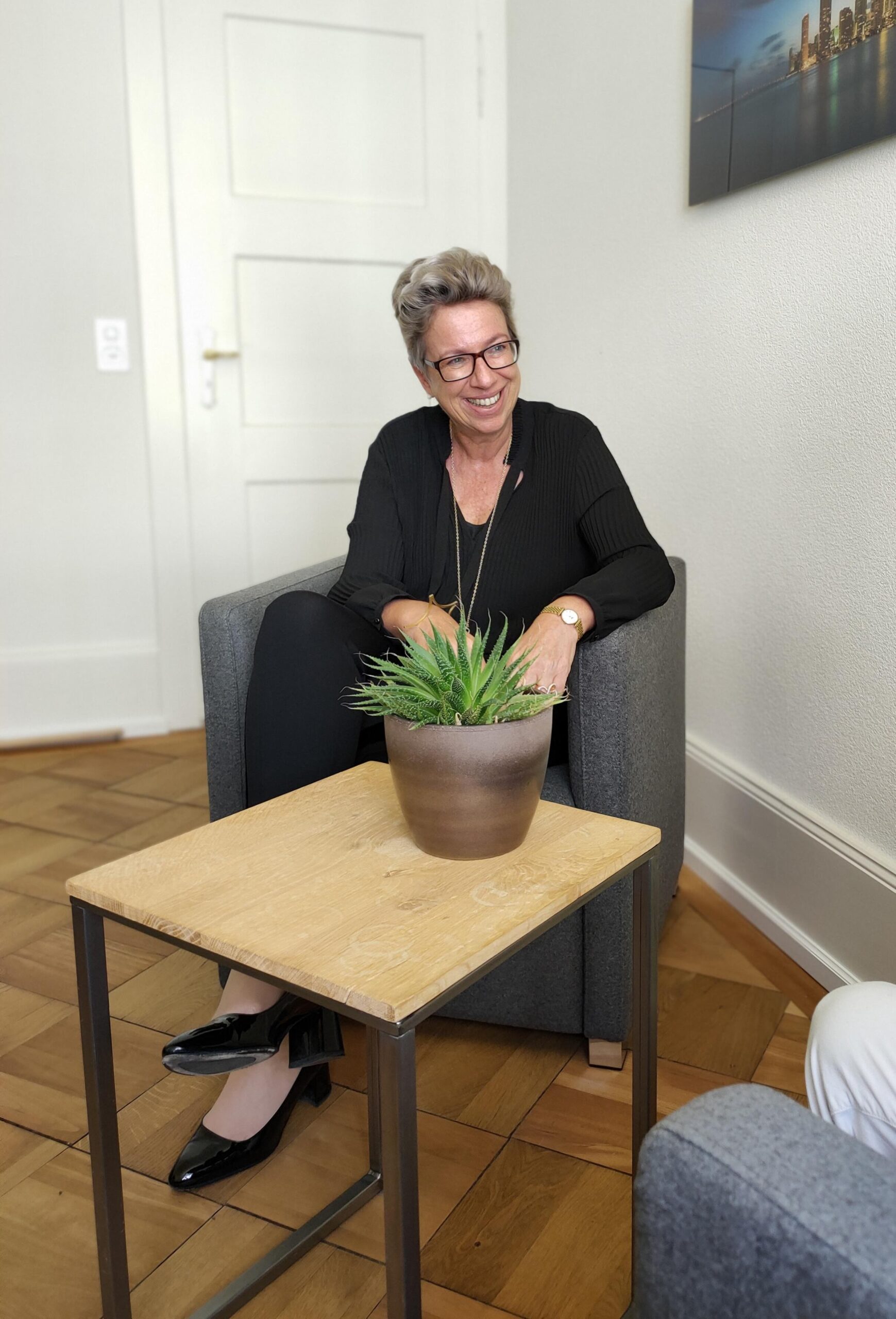
Interview with Dr. Patricia Lüer
Dr. Patricia Lüer returned to intervista AG as Director on 1 March this year. She is in charge of the Qualitative Market Research department and continues to develop the fields of «Behavioural Economics» and «Pricing» at intervista. Previously, she was a member of the management team at the market research and consulting company Vocatus in Munich / Cologne. Bettina Hufschmied, Marketing Manager at intervista, spoke with her about her return to intervista and her professional specialities.
intervista has grown enormously
Bettina Hufschmied: You were with intervista a good nine years ago. Now you have been back again for 4 months. From your perspective, what has changed since your first time at intervista?
Patricia: intervista has grown enormously in many respects over the last few years. Not only do we operate one of the largest B2C online panels in Switzerland, but also the largest B2B panel with 35,000 executives and professionals. We also offer our clients innovative digital products such as our smartphone-based geolocation tracking. In parallel, we have continued to expand our full service offering. Many clients rely on our expertise in qualitative research, whether in «stand alone qualitative projects» or in combination with quantitative survey methods.
The focus is on the question of the customers' why
Bettina: You have now taken over the lead for qualitative research at intervista. What is your vision here? What experience do you bring to the table?
Patricia: In the end, the focus of qualitative research for me is usually the decision-making process of the customers with the question of why? Our clients want to understand, predict and shape their clients' decisions. This has been the focus of my work over the last 15 years. I bring experience from very different industries, in both B2C and B2B environments. I am convinced that the use of behavioural economic insights offers great added value for our clients and rounds off our portfolio of services in a meaningful way.


Potential in price research in the Swiss market
Bettina: What differences do you see in the use of Behavioural Economics when comparing the German and Swiss markets?
Patricia: Basically, the findings of Behavioural Economics are just as valid in the Swiss market as in the German market. Here I refer to basic effects and heuristics such as the influence of defaults on human decision-making behaviour, or the barrier of the «paradox of choice". However, there are indeed differences that have to do with the historical development of markets, among other things. I perceive such differences, among other things, in the topic of pricing. The lower the pressure on margins, the more relaxed one can deal with the topic of «price increases", for example. Therefore, I also see methodological potential in pricing research in Switzerland. After all, the pressure on margins is getting bigger rather than smaller in various sectors in Switzerland, too.
Bettina: But behavioural economics doesn’t only play a role in price research, does it?
Patricia: Absolutely! A personal speciality of mine is product research for the development of new products or the optimisation of existing products. The better we understand the motives of customers, their interest and their knowledge on specific topics, the better we can develop products and prepare them for marketing so that they really appeal to customers.
Step-by-step evolution of existing methods
Bettina: And what does this mean methodologically for intervista? Do we need completely new approaches now?
Patricia (laughs): I think we are already very well positioned methodologically at intervista. On the methodological level, it is more of a gradual evolution. That is, we naturally observe the needs of our clients and the developments in the market very closely. Often it’s more about the sensible further development of existing methods or the correct dimensioning of questions than about radically new methods.
Bettina: What do you mean by «correct dimensioning» of questions?
Patricia: When developing new products, we must not only ask for evaluations of concepts, but must understand all decision dimensions. So we also ask the customer about his motives, what drives his behaviour? Is he more loss averse or does he want to indulge himself? Then it’s about understanding how relevant the product is to him, what he already knows about it. Only when we know all this can we put his evaluations into the right context and derive valid recommendations for our client. To do this, we work with very different survey methods and creative techniques, e.g. from design thinking, the jobs-to-be-done approach as well as basic behavioural economic insights into how people make decisions. At the end of the day, it is important that clients apply the same decision-making rules in market research as they do in the real decision-making situation.

Many exciting projects await
Bettina: What are you most looking forward to in the next few months at intervista?
Patricia: Many new, exciting projects with great colleagues! And hopefully more personal workshops and appointments to get to know colleagues and clients even better.
 Deutsch
Deutsch
 English
English
 Français
Français
